Satellite-based systems in combination with IoT offer new possibilities. Satellite communication, for instance, is able to make data accessible worldwide due to its global connectivity, especially when mobile networks are not available. Global Earth observation data in combination with IoT also provides many opportunities for e.g. infrastructure monitoring on the ground. The same applies to satellite navigation. Due to its precise order and time synchronisation, many applications are conceivable for IoT sensors.
Internet of Things (IoT)
There’s a lot of discussion about the Internet of Things or IoT – and for good reason. By 2020, over 20.4 billion objects will be connected wirelessly to the internet. And it seems there are no limits at all. Many IoT concepts have already become a reality.
Buzzwords such as Smart Homes, from a thinking thermostat to an internet-connected washing machine, or Smart Factories, where a company organises itself with automatic and person-independent processes, or other related terms such as Industry 4.0, Smart Energy, or Smart Health are all connected to IoT. But IoT can do much more: Smart Rail or satellite IoT connectivity – all this is made possible today, partly with analytics and artificial intelligence (AI).
Smart Rail needs Data
The Smart City’s opportunities revolve around its public transport network – also referred to as Smart Rail. One of the most important features of smart rail is connectivity. A smart train utilises data in a dual way: On one hand, to assist passengers and keep them informed, but at the same time, data is used internally by transport operators such as DB Netz AG to inform predictive maintenance and improve the level of service.
IoT Sensors
No matter what we are talking about, the sensor acts as the most important data supplier – and thus forms the core of the IoT process. In this process, various sensors attached to an object are linked and connected to local and global communication networks and the last step of this process is analysing data on networked computers or in the cloud. Therefore, the demand for intelligent sensors continues to grow steadily. Since 2015, according to a study by the Robert Berger Foundation, the sales volume of intelligent sensors has increased by 17 percent per year. The number of units sold is expected to double to 30 billion by 2020. IoT, automated vehicles, and Industry 4.0 are the main reasons for that.
However, constantly growing amounts of data and new data types generated by networked devices, machines and systems make this very complex. To get value from this data, analytics is needed. IoT analytics ensures that the data is evaluated on the edge, directly at the point of origin, in the cloud, during transmission or at the storage location. This gives real-time insights into operations and machines, so you can quickly make accurate forecasts and take decisions.
IoT Infrastructure Monitoring
With all of the data IoT sensors capture, it can be difficult to discern any real meaning: They must allow users to find the answers to their operational challenges hidden in the trends of their data. Smart monitoring appliances for IoT close the gap by providing the framework to monitor and analyse IoT sensor data, as well as compare it to historical data, for real-time analytics. Enhanced with deep learning and other machine learning capabilities, digital and interactive analytical solutions let users focus on, and keep track of, how the assets they manage are moving and changing, with the capability to automatically detect those changes.
IoT monitoring also closes the gap between devices and business by collecting and analysing diverse IoT data at web scale across connected devices and applications. Performance gaps can be bridged by optimising performance across multiple applications, APIs, networks and protocols.
With IoT monitoring, dynamic systems can be analysed and billions of events and alerts can be processed. The entire infrastructure equipment and monitoring with sensors, IoT and IT is therefore a big topic for DB Netz AG. It’s not just about switch diagnosis, but also about level crossings, tracks or overhead lines, which need to be monitored to support the development of technical systems with a focus on achieving an intelligent, interconnected, durable and disruption-free infrastructure.
A smooth process without interruptions and shutdowns is crucial in the rail sector for a functioning operation. This is especially true for operators such as DB Netz AG, the new partner of the INNOspace Masters – an innovation competition hosted by the DLR Space Administration.
At the current INNOspace Masters competition 2019/20, DB Netz AG is looking for space related ideas in predictive maintenance technologies for monitoring technical equipment (railway tracks, switches, signalling equipment), standalone energy supplies for sensors and signalling equipment, the rapid transmission of large amounts of data across the rail infrastructure, materials that will increase the useful life of technical equipment, and digital models for mapping physical infrastructure.
IoT Communication Channels
Besides, IoT has a wide range of communication channels. From the WLAN network in buildings over the portable radio network (here, in particular, 5G is expected as an important standard for IoT) up to the satellite connection. The big difference with previous commercial satellite deployments is that these new constellations now have access to the Internet of Things (IoT) and machine-to-machine (M2M) communications.
Although Beecham Research institution uses the annual growth rate of satellite IoT links at 12% per year in a very conservative way, many new satellite IoT applications are becoming increasingly wearable as costs continue to drop.
However, as the coverage of mobile networks continues to grow, the question is: why use a connection via satellite?
- Coverage – is the primary value proposition for the majority of those opting for satellite connectivity.
- Reliability – satellite availability can exceed 99.9%, providing a level of service that mobile networks cannot guarantee, especially if the scope extends to out-of-town areas. The reliability of the mobile network is quite good, but certain circumstances may affect mobile service while leaving satellite services unaffected.
- Long life cycle – satellite networks have a relatively long life cycle. Since all these constellations are expected to be backward compatible, life cycles of over 20 years are not uncommon. This is quite a long time compared to the lifetime of mobile networks, where 2G has already virtually been abolished, 3G is gradually being replaced by 4G, and there are already initial 5G trials.
- Immediacy – the fact that satellite communications do not require local infrastructure is an important benefit. Other communication options are available for remote areas, but are associated long timescales and high costs for a new infrastructure. Private wireless networks can connect sites but, like cell towers, they require some sort of backhaul facility. Using a satellite terminal can greatly simplify deployment in many cases. Additionally, satellite IoT generally works globally, which means it does not require different product variants to cover all geographic requirements.
Last but not least
- Proprietary – satellite IoT networks, which are typically offered as proprietary, closed systems and, as a result, have greater reliability and security.
The satellite operators (and manufacturers) Airbus and OHB, likewise a partner in the INNOspace Masters, welcome the opportunity to find external innovators in order to shape the future of commercial space. In its INNOspace Masters challenges, Airbus and OHB are looking for solutions in mobility, communication technologies, 5G connectivity and IoT/M2M, amongst others.
INNOspace Masters Innovations
Space related innovations in IoT open up new possibilities. The widely distributed IoT environments continue to evolve dynamically. They capture vast amounts of valuable operational data that help companies and operators manage the challenges of digitalisation by identifying performance issues and risks early on. The INNOspace Masters – initiated by DLR Space Administration – is on the hunt for these kinds of solutions, as well as for other innovative concepts and solutions that solve current challenges in space or non-space industries by transferring knowledge or technology between space and other sectors.
Space Powers new Technologies and Vice Versa
New technologies are important for the progress of humankind. Space and its ground-breaking developments have always been on the forefront of advancing our lives on Earth and in space. One major reason why space-related technology, products and services make life better on Earth is the technology transfer from space to terrestrial sectors. At the same time, space profits from new technologies originating from non-space sectors.
While investigating how new technologies operate in space, unexpected discoveries are possible – and that makes it even more exciting. But that’s not all: By using simplified physical systems to improve models of physical processes, new industrial techniques and materials can be developed.
Spin-in as well as spin-off ideas – meaning technology transfer from a non-space sector into space and vice versa – profit from the best of both worlds and thus have great potential for outstanding business advantages. The INNOspace Masters competition is the perfect platform to receive research grants and to win prizes, build awareness and boost business ideas related to space. According to the slogan “Space Moves!”, the competition is looking for new ideas and solutions for the next space generation.
Apply now and submit your idea to the INNOspace Masters challenges! Find out more here.
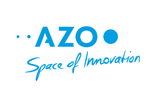
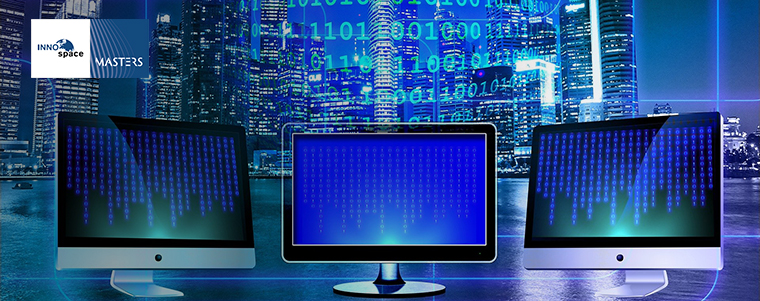

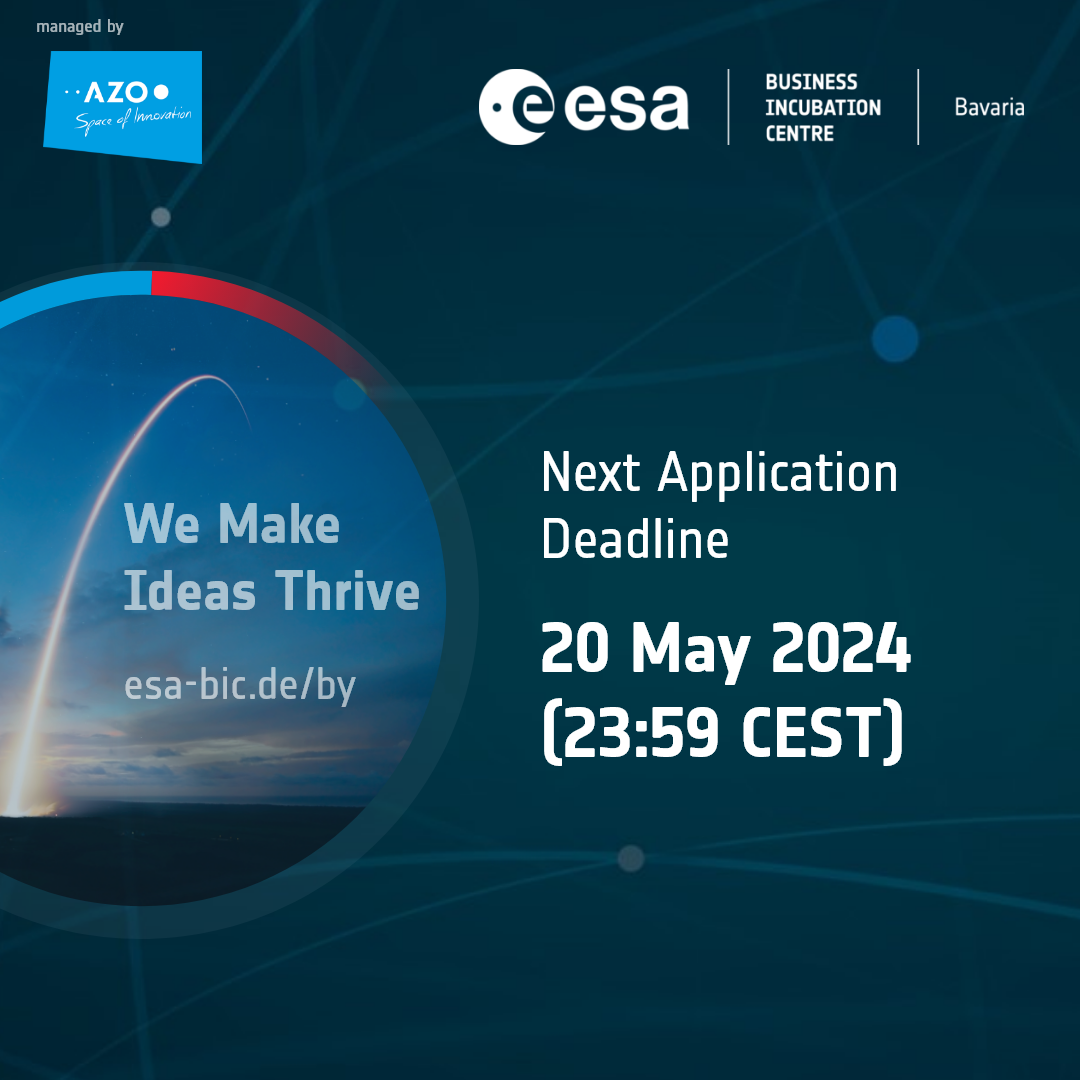
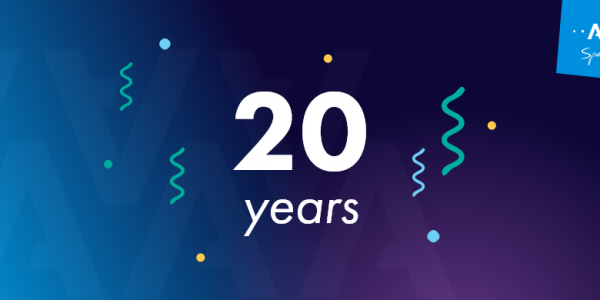

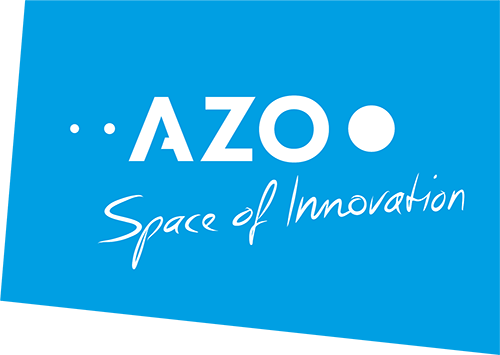
Comments are closed.